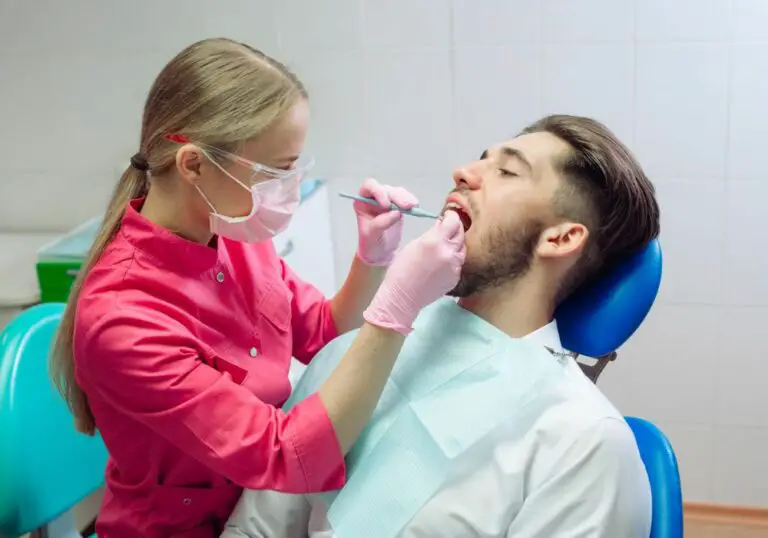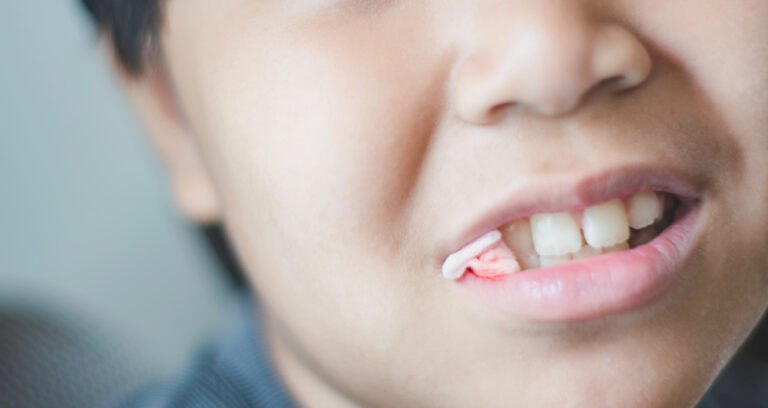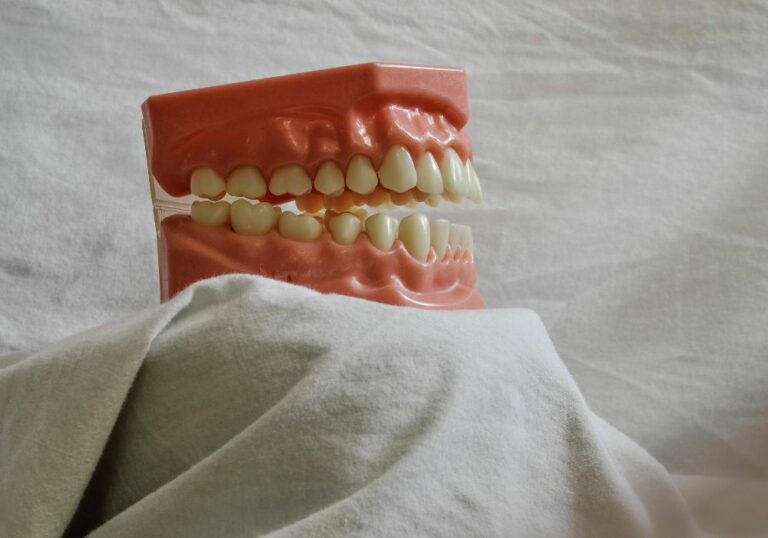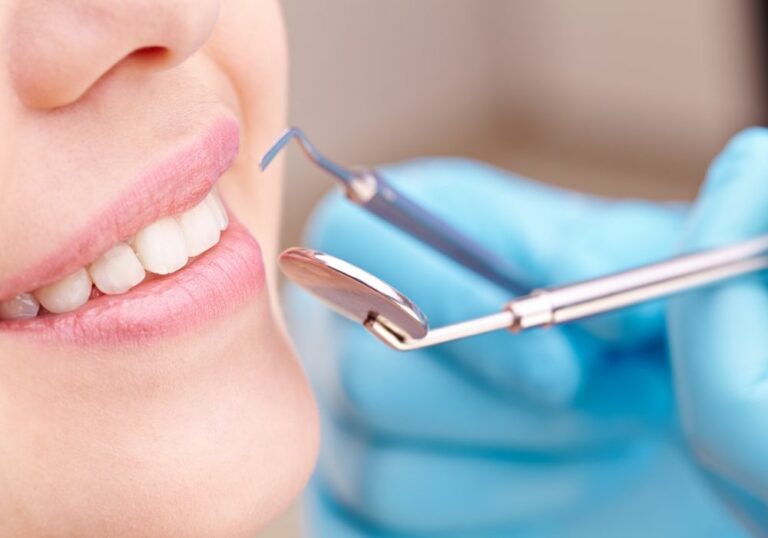Truthfully speaking, how many times do you think about your teeth?
Sure, you faithfully brush and floss your teeth regularly. But do you often stop by the dentist’s office for professional scaling?
While most people rarely pay attention to their teeth, they silently support them by cutting and crushing down their food for easy digestion. And let’s not forget, they’re behind that flashing, confident smile you often rock.
That said, this article aims to answer one question that has probably crossed your mind before: how many teeth do humans have?
But before we can answer the million-dollar question, let’s break down the anatomy of your pearly whites.
Anatomy of Teeth
First off, your tooth is not a bone. Instead, it’s an ectodermal organ like your sweat glands, skin, and hair.
Its primary function is to break down large chunks of food into smaller pieces by cutting and crushing them, making them easy to swallow and digest.
But what are teeth made of?
Well, our teeth are composed of calcium carbonate and phosphorous, which are also the main components of our bones. However, they also feature other minerals in small quantities, including potassium, magnesium, and sodium.
Besides these minerals, your teeth feature collagen, a protein responsible for their flexibility and resilience.
As for its anatomy, a tooth has two parts; a crown and a root. The crown is the exposed white part of the tooth above the gum. Whereas the root is the part that extends inside the gum, anchoring the tooth to the upper and lower jawbones.
A tooth also consists of several anatomical parts, namely:
- Enamel: This is a protective layer that encases and shields the dentine from physical and chemical injuries. Generally, the enamel grows in four stages; pre-secretory, secretory, transition, and maturation stage. But since it has no living cells, it cannot repair itself when it gets damaged.
- Dentine: Dentine or Dentin is a living tissue that makes a major part of the tooth. Unlike enamel, it’s formed by odontoblast cells, like our bones. It is also elastic, highly sensitive, and lacks blood vessels.
- Dental pulp: Found in the center of the tooth, the dental pulp features several blood vessels, nerve endings, and soft connecting tissues. The blood vessels supply blood and nutrients necessary to keep the tooth alive. As for the nerve endings, they allow teeth to sense temperature. Dental pulp also has lymph vessels that transport white blood cells to fight bacterial infections.
- Cementum: Cementum protects the root of the tooth. Unlike enamel, cementum is softer and helps to support and fix the tooth in the upper or lower jawbones.
How Many Teeth Do Humans Have?
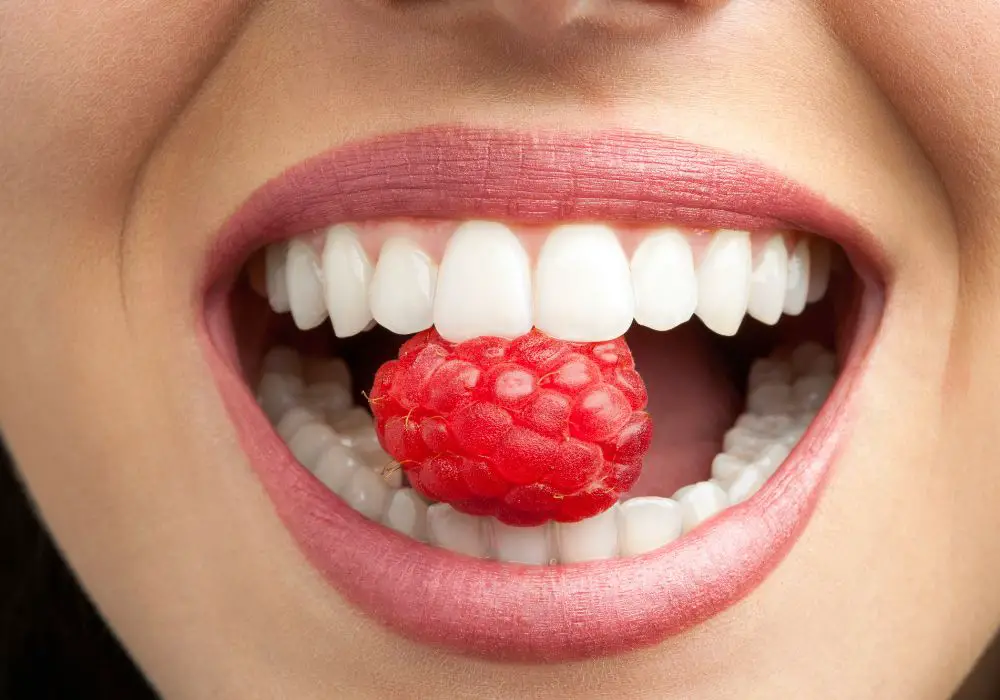
Humans usually have two sets of teeth: primary and permanent teeth. Primary teeth or baby teeth are common during childhood (between the ages of 4 months to 6 years) and consist of 20 teeth. These include four incisors, two canines, and four molars.
When children reach 6 to 7 years, they gradually lose primary teeth and grow permanent teeth. So, how many permanent teeth do adults have?
Study shows that adults have an average of 16 teeth on the upper jaw and 16 teeth on the lower jaw, making 32 permanent teeth in total.
Each row of teeth includes:
- Four incisors
- Two canines
- Two premolars
- Three molars
However, not every adult has the third molars (wisdom teeth). This is because we develop these teeth when we reach 18 years, and not all of them might emerge.
On that note, there are some anomalies and variations in tooth count we must highlight. Let’s start with hypodontia, a medical condition where one or multiple permanent teeth fail to develop.
Hypodontia is a genetic disorder, meaning it’s passed down from biological parents to children. Treatment for the condition includes dental implants, bridges, and dentures.
Next, we have hyperdontia. This condition is characterized by the growth of extra teeth in the mouth, called supernumerary teeth. The worst part is that these teeth can grow anywhere in your dental arches (the curved area where teeth attach to the jaw.
Like hypodontia, hyperdontia can occur because of several genetic conditions, including:
- Fabry disease
- Gardener’s syndrome
- Cleft palate and lip
- Ehlers-Danlos syndrome
Treatment for this condition involves removing the extra teeth, especially when they affect oral hygiene or other teeth.
Different Types of Teeth and Their Functions
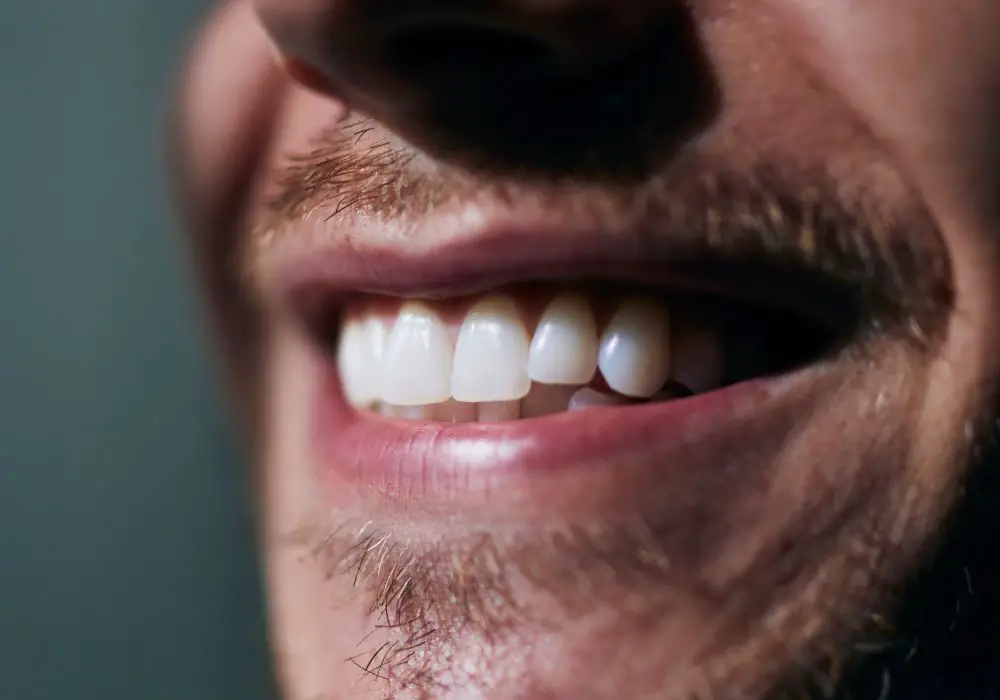
With that out of the way, let’s shift our focus to the function of each type of human tooth.
1. Incisors
First on our list are incisors or the “front teeth”.
Most adults have four incisors in the top row and four in the bottom row. These teeth have a single narrow ridge that helps to cut food like bananas into small pieces. This allows the tongue to push to the back of the mouth and into the esophagus or food tract.
2. Canines
If you have watched any vampire movies like Twilight or What We Do in the Shadows, then you know what canines are. These teeth resemble a dog’s fangs, hence the name.
Unlike other teeth in the mouth, canines are pointy and help people tear into the meat so they can safely chew and swallow it. Canines also influence how we talk as they help us form word property.
Additionally, they guide other teeth, allowing them to slide smoothly off each other when our jaws move.
Most individuals have two canines on the upper right and left row, and two on the lower right and left row.
3. Premolars
Premolar or bicuspids lie between canines and molar in the back of your mouth. Humans have four premolars, two on the top jaw and two on the bottom jaw.
These large teeth often appear around 10 years (for the first set), and help us chew and grind food into digestible pieces.
4. Molars
Lastly, we have molars. Like premolars, molars contain several ridges that help to crush and grind food.
Adults generally have 8 first and second molar teeth–two in each quadrant. Additionally, some people grow third molars- one in each quadrant. Unlike the first and second molars, wisdom teeth serve no purpose.
Dental Health and Care
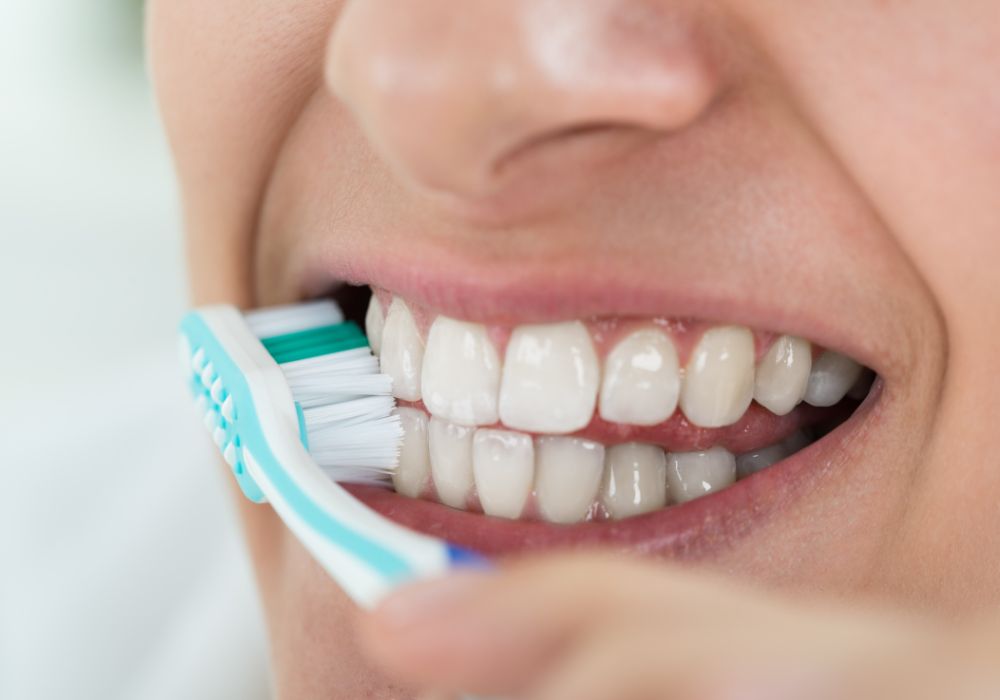
We hope you now understand the ins and outs of teeth count. In this section, we will discuss a little bit about dental health and tooth care.
Without proper teeth maintenance, your oral health might decline, leading to issues, like tooth decay, cavities, and bad breath. Besides that, you might develop other issues, including:
- Gum Disease: When there’s excess plaque along or under your gums, you might develop an infection that could affect your gums. In the worst-case scenario, the plague might lead to periodontal.
- Heart Diseases and Stroke: Sometimes, the excess plaque and bacterial buildup in the mouth can find its way into the bloodstream via your gums. As a result, they can harden inside your arteries, narrowing and eventually blocking them. This increases your risk of developing heart disease or getting a stroke.
- Respiratory issues: If the bacteria and plague enter your lungs, they can irritate your respiratory system. The bacteria might also cause infections, pneumonia, COPD (chronic obstructive pulmonary disease), and bronchitis.
- Arthritis: Bacteria from gingivitis, tooth cavities, or periodontal disease can cause inflammation in your body. As a result, it can make you susceptible to rheumatoid arthritis.
- Cancer: Poor oral hygiene and dental health increase your risk of getting kidney, blood, and pancreatic cancer.
4 Tips to Take Care and Maintain Your Teeth
- Brush your teeth and gums twice a day
While this tip might seem obvious, most individuals only brush their teeth once–in the morning. But if you brush your teeth with fluoride toothpaste in the morning and before going to bed, you can save yourself a lot of problems. Just ensure you focus on the gums and molars and brush them for approximately two minutes.
- Remember to floss
Floss your teeth regularly to get rid of any food particles stuck between your teeth. Wrap around 16 to 18 inches of floss on your finger and thread it gently between your teeth. When the floss reaches your gums, move it up and down.
- Keep away from sugary snacks
Limit your intake of sweet treats and maintain a balanced diet to maintain healthy and cavity-free teeth. If you have to eat sugary food, consider rinsing your mouth or brushing your teeth to remove any particles lodged between your teeth or gums.
- Go for regular dental check-ups
Last but not least, visit your dentist frequently–not only when you have a tooth problem. Regular dental visits can help you prevent gum disease, tooth decay, and other teeth-related issues.
Closing Remarks
Overall, children have 20 primary teeth that get replaced with permanent teeth when they reach 6 to 7 years. Adults, on the hand, have 32 permanent teeth, 16 on the upper jaw and 16 on the lower jaw.
These teeth help us cut, crush and grind food into smaller pieces, making them easy to swallow and digest. Furthermore, they help us speak by forming words.
As you can see, teeth are super important. So, use these tips to take better care of them and reduce your risk of other health issues.
That’s it for today. Do you have any questions? Leave us a comment below.


